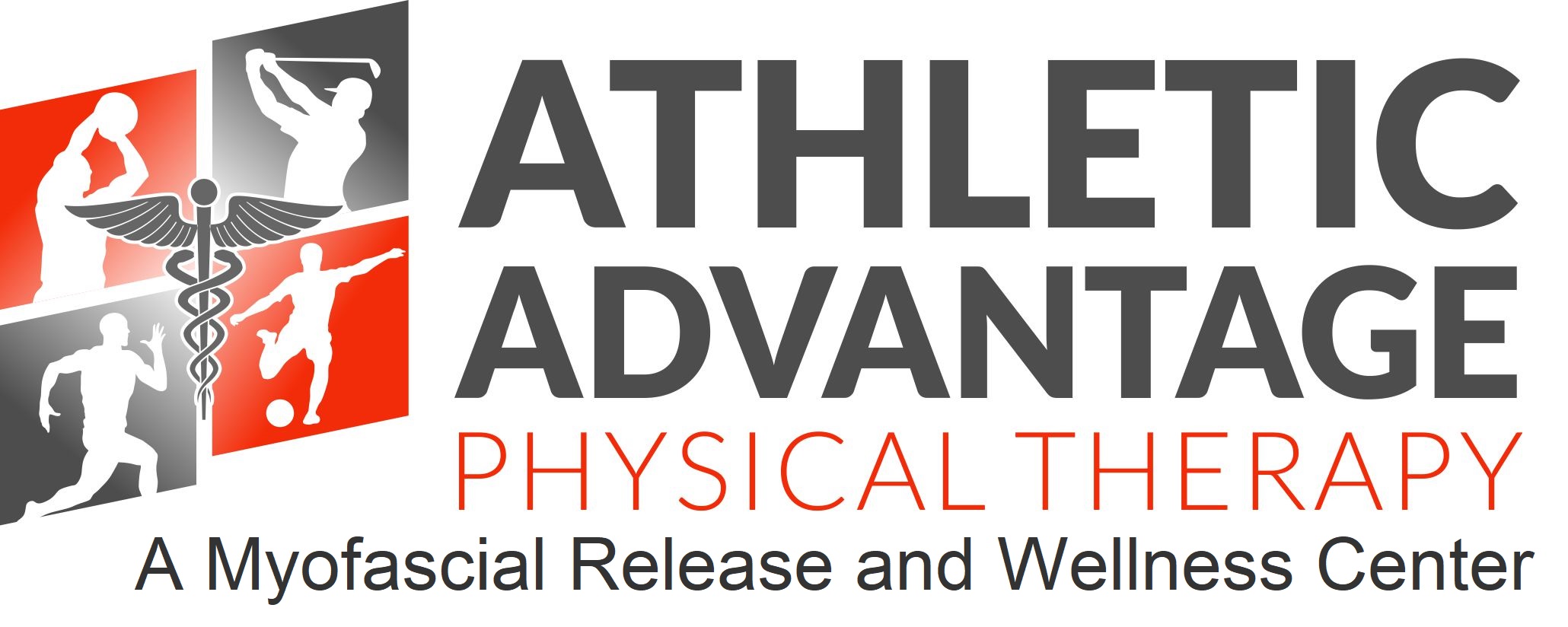If you have low back pain, you might be concerned that something could be wrong with your spine. You may also think it is important for you to get an X-ray or MRI to determine what is causing your pain. Although these thoughts are quite common, undergoing diagnostic imaging is not necessary or beneficial for individuals with low back pain in most cases. Although you may be skeptical of this assertion, we will explore the available research on this topic below to shed some light on the relationship between imaging and low back pain.
Nonspecific Back Pain vs. Specific Back Pain
Before we go any further, it is critical to explain some situations when imaging is recommended. In order to do so, we need to differentiate between nonspecific and specific causes of low back pain. Non-specific low back pain is quite common and means that there is no identifiable structure or disease that is producing your back pain. Specific low back pain is much less common and means there is an explicit disorder such as an infection, cancer, spine fracture, or nerve compression that is causing your back pain. These specific disorders may result in severe life-changing consequences and are typically suspected when certain signs and symptoms (termed “red flags”) are present. If someone has enough red flags to raise the concern of a healthcare provider, that individual should be referred for imaging to investigate the possibility of a serious condition.
Outside of the rare disorders outlined above, the causes of most initial episodes of low back pain are not clearly understood. In fact, research has shown that low back pain can begin without any spine changes developing on MRI imaging. In one study, 47% of the individuals that reported experiencing low back pain had no abnormalities on their MRI results. Even more confusing, 32% of the people in this study were found to have abnormalities in their spine despite having no back pain at all! This research suggests that there is not a clear relationship between imaging findings and low back pain.
Does Imaging Help My Healthcare Provider Treat Lower Back Pain?
So even if imaging cannot reliably identify the cause of low back pain in most cases, you may be wondering if obtaining imaging will guide how your health care provider treats your condition. However, research demonstrates that routine imaging rarely affects treatment plans. Furthermore, another research study showed that individuals who received immediate imaging did not demonstrate any differences in their pain and functional outcomes compared to those who did not receive any imaging for their low backs. Based on these findings, the authors of this study suggested that health care providers refrain from performing imaging unless a serious disease is suspected.
The Harms of Imaging
At this point, you may be convinced that imaging is unnecessary in most cases. Despite recognizing this, you might still be thinking you want imaging anyway because “it can’t hurt to check”. However, research has shown that unnecessary imaging comes with a variety of potential harms. For example, undergoing an X-ray or CT scan results in radiation exposure which could promote cancer formation. Additionally, imaging might lead to the increased use of potentially unnecessary surgical interventions. Finally, individuals who obtain imaging may experience negative consequences related to the “labeling” of their condition. One research study showed that individuals who were given their low back MRI results demonstrated smaller improvements in their general well-being than those who did not receive their results. Another study revealed that individuals who were given a completely factual description of their low back MRI results (including terms such as “degeneration” and “tears”) experienced a worsening of their pain and function compared to another group who was told their MRI results were normal (including terms such “incidental findings” as “age-related changes”). In fact, the group that was told their results were normal experienced improvements in pain and function compared to their baseline values. The only difference between these groups was how the MRI results were explained, not the actual MRI results themselves. Based on the studies above, receiving imaging results might hinder recovery by causing individuals to focus on and worry about “abnormalities” in their spine that may not even be associated with their symptoms.
In summary, imaging is not necessary or beneficial for determining the cause of low back pain or improving outcomes in most cases. On the contrary, imaging may even result in unintended harm. This awareness should help relieve any worry you have about not receiving imaging for your low back pain and help you along the path to recovery.
If you have any questions, we are always here to help. Please feel free to use our contact page to get in touch with us, or call our office at (740) 549-7041.



Comments are closed.